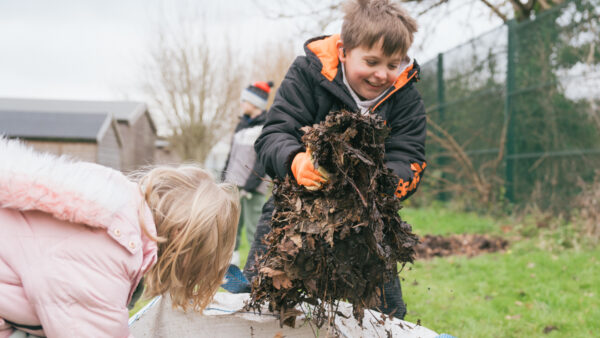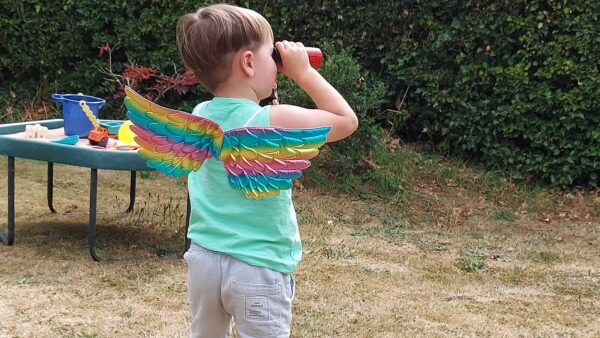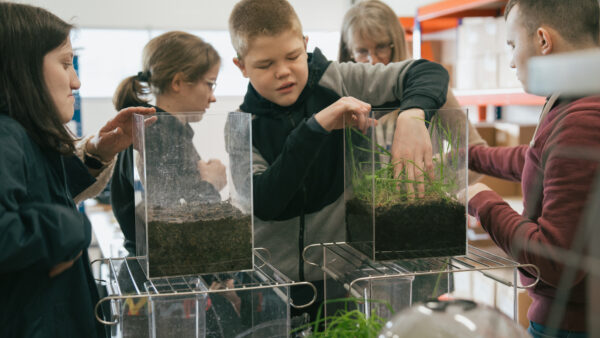The word mandala means “circle” in Sanskrit and is the name given to geometric patterns that Buddhists have used in the practice of meditation for centuries.
Making a mandala from natural materials is an activity that enables the brain to restore its batteries. Focusing on an activity such as this requires little attention. At least, it doesn’t require the same fixed attention as, say, making sure appointments are met or needing to remember what medication is taken and when. It helps our minds and our bodies to relax and allows time for the brain to re-charge its batteries ready for when it needs to focus on more demanding tasks.
Think of making a mandala as a bit like doing a jigsaw puzzle. You can make them in one go or take time over several days, adding to it now and again. Useful if you feel you don’t have time to do one in one day; you can stretch it out and enjoy the activity over several days. Either way, the time spent in is relaxing and fun and can be done by an individual, as part of a one-to-one or group session or as a family activity. How large it becomes is entirely up to you.
Here are some examples of mandalas made by carers during one of our dementia carer support workshops.


If you would like to create your own mandala, just look around your garden or whilst out on a local walk for berries, leaves, twigs, grasses etc that you can use to create circular patterns as in the images above. Here’s a short speedy film to demonstrate how we make them in our sessions…although perhaps not quite as quick as this!



